






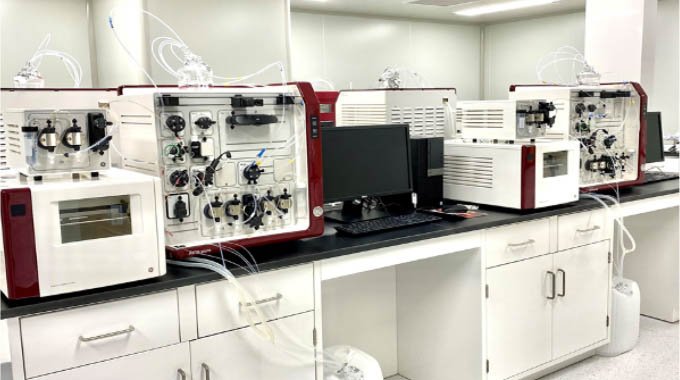


Cell harvesting liquid secreted from upstream cell culture can be used to remove cells and cell debris by microfiltration. The downstream department of dragonsailpharma designs deep filtration method for cell density and cell viability to make the filtered liquid meet the loading requirements of Protein A.
After removing cells and cell debris, Protein A affinity chromatography packing was used for affinity chromatography capture, and the mab was rapidly captured from the culture medium. This step can remove A large amount of HCP, folded fragments, virus, HCD and medium components. The components of the Protein A column account for A large part of the downstream cost, and how to efficiently utilize the purification effect of Protein A is the key to this step. Based on years of experience, white-sail organisms optimize the dynamic loading, sample loading, leaching step, elution step and other parameters of affinity chromatography, and on this basis, they also screen different fillers. It not only ensures the affinity purification effect of protein, but also maximally improves the recovery of protein.
Virus inactivation was chosen here mainly because the eluent of Protein A was acidic, which was more conducive to virus inactivation in the recovered solution. In the inactivation of low pH virus, it is necessary to maintain the stability of antibody and ensure the effect of inactivation. In this step, the pH and time of virus inactivation will be examined to facilitate the production department to determine the hold time of the eluent.
When the sample solution is inactivated by virus, some insoluble particles are produced. Deep filtration not only removes these insoluble particles, but also removes part of HCP and HCD.
After the antibody is captured by Protein A affinity chromatography, the impurities such as Protein A and residual HCP that will be shed during the affinity process still need to be further removed. At this time, ion exchange is usually used to carry out flow through mode anion exchange chromatography on the Protein after virus inactivation, so that the impurity binds to the column and the antibody flows through. The MAbs are then adsorbed by cation exchange chromatography to allow impurities to flow through. Individual antibodies, such as Bispecific antibodies and ADCs, are also purified by hydrophobic interaction chromatography or exchange chromatography with a combination of ionic and hydrophobic interactions. In this step of purification, dragonsailpharma biological system has developed the buffer type, ionic strength, pH, elution method and other processes. In the selection of fillers, the appropriate separation column will be finally determined by parallel comparison.
According to the requirements of regulations, the amount of virus in the protein solution for human injection needs to be strictly controlled, and the 20nm pore size membrane is usually selected for the nanofiltration of virus. In nanofiltration, the influence of transmembrane pressure, membrane area, sample concentration, buffer and other factors will be fully considered by white-sail organisms.
Before the final DS is generated, UF/DF is needed to adjust the protein concentration of DS and replace DS into the final preparation buffer, which is conducive to clinical use and stability of DS


The Process preparation Department is committed to the development of monoclonal antibody, biospecific antibody and fusion protein. The preparation platform meets the requirements of Chinese and American IND application, and can provide integrated R&D services from early preparation evaluation, prescription screening, preparation stability, process development to registration and application. At the same time, the preparation team has rich experience in the development of high concentration preparations, which can quickly obtain stable formulation and preparation process.
1. Physical and chemical Properties of active substances (Tm, Tagg, DLS, viscosity, etc.)
2. Investigate the solubility of the preparation in the buffer system, and screen the concentration of the preparation
3. Screening different types and different pH buffer (including histidine, citric acid, phosphate, etc.), to determine the preparation buffer system
According to the determined buffer system and concentration, DOE was used to design the prescription. Through the experiment of influencing factors (high temperature, shaking, light, freeze-thaw, etc.), the best stabilizer was screened, and the composition and concentration range of the formulation were determined.
Final formulations are determined through accelerated stability and long-term stability studies.
The packaging material selection and compatibility of preparation and DS were studied.

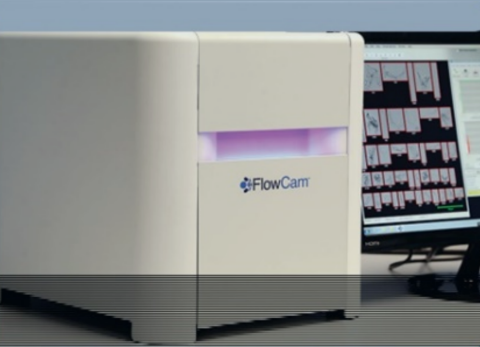
Small amount of detection: 0.01mL sample can be detected
Imaging is intuitive: protein particles and silicone oil can be distinguished by morphological features
Rapid detection: 1mL sample can be completed within 5 minutes
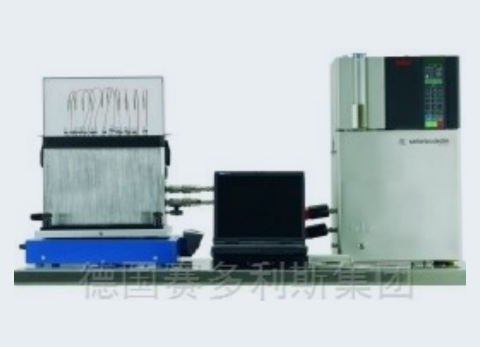
High detection flux: 10 samples were frozen or melted simultaneously
Good reproducibility: easy to compare between different batches of samples
Scale up/down: easy to transfer process

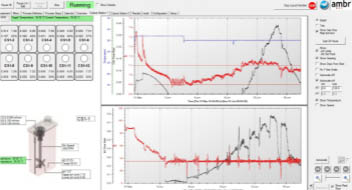







Cell harvesting liquid secreted from upstream cell culture can be used to remove cells and cell debris by microfiltration. The downstream department of dragonsailpharma designs deep filtration method for cell density and cell viability to make the filtered liquid meet the loading requirements of Protein A.
After removing cells and cell debris, Protein A affinity chromatography packing was used for affinity chromatography capture, and the mab was rapidly captured from the culture medium. This step can remove A large amount of HCP, folded fragments, virus, HCD and medium components. The components of the Protein A column account for A large part of the downstream cost, and how to efficiently utilize the purification effect of Protein A is the key to this step. Based on years of experience, white-sail organisms optimize the dynamic loading, sample loading, leaching step, elution step and other parameters of affinity chromatography, and on this basis, they also screen different fillers. It not only ensures the affinity purification effect of protein, but also maximally improves the recovery of protein.
Virus inactivation was chosen here mainly because the eluent of Protein A was acidic, which was more conducive to virus inactivation in the recovered solution. In the inactivation of low pH virus, it is necessary to maintain the stability of antibody and ensure the effect of inactivation. In this step, the pH and time of virus inactivation will be examined to facilitate the production department to determine the hold time of the eluent.
When the sample solution is inactivated by virus, some insoluble particles are produced. Deep filtration not only removes these insoluble particles, but also removes part of HCP and HCD.
After the antibody is captured by Protein A affinity chromatography, the impurities such as Protein A and residual HCP that will be shed during the affinity process still need to be further removed. At this time, ion exchange is usually used to carry out flow through mode anion exchange chromatography on the Protein after virus inactivation, so that the impurity binds to the column and the antibody flows through. The MAbs are then adsorbed by cation exchange chromatography to allow impurities to flow through. Individual antibodies, such as Bispecific antibodies and ADCs, are also purified by hydrophobic interaction chromatography or exchange chromatography with a combination of ionic and hydrophobic interactions. In this step of purification, dragonsailpharma biological system has developed the buffer type, ionic strength, pH, elution method and other processes. In the selection of fillers, the appropriate separation column will be finally determined by parallel comparison.
According to the requirements of regulations, the amount of virus in the protein solution for human injection needs to be strictly controlled, and the 20nm pore size membrane is usually selected for the nanofiltration of virus. In nanofiltration, the influence of transmembrane pressure, membrane area, sample concentration, buffer and other factors will be fully considered by white-sail organisms.
Before the final DS is generated, UF/DF is needed to adjust the protein concentration of DS and replace DS into the final preparation buffer, which is conducive to clinical use and stability of DS


The Process preparation Department is committed to the development of monoclonal antibody, biospecific antibody and fusion protein. The preparation platform meets the requirements of Chinese and American IND application, and can provide integrated R&D services from early preparation evaluation, prescription screening, preparation stability, process development to registration and application. At the same time, the preparation team has rich experience in the development of high concentration preparations, which can quickly obtain stable formulation and preparation process.
1. Physical and chemical Properties of active substances (Tm, Tagg, DLS, viscosity, etc.)
2. Investigate the solubility of the preparation in the buffer system, and screen the concentration of the preparation
3. Screening different types and different pH buffer (including histidine, citric acid, phosphate, etc.), to determine the preparation buffer system
According to the determined buffer system and concentration, DOE was used to design the prescription. Through the experiment of influencing factors (high temperature, shaking, light, freeze-thaw, etc.), the best stabilizer was screened, and the composition and concentration range of the formulation were determined.
Final formulations are determined through accelerated stability and long-term stability studies.
The packaging material selection and compatibility of preparation and DS were studied.

Freeze-thaw stability of DS
Preparation and mixing process of solution
Selection of sterilization filter and investigation of filtration process
Take into account different regulatory requirements, process confirmation and technology transfer
Formulation process amplification
Investigation of relevant technology in the filling process
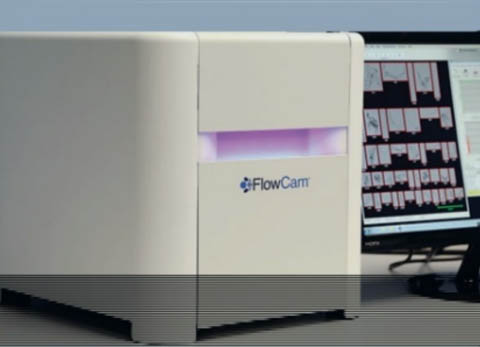
Small amount of detection: 0.01mL sample can be detected
Imaging is intuitive: protein particles and silicone oil can be distinguished by morphological features
Rapid detection: 1mL sample can be completed within 5 minutes

High detection flux: 10 samples were frozen or melted simultaneously
Good reproducibility: easy to compare between different batches of samples
Scale up/down: easy to transfer process